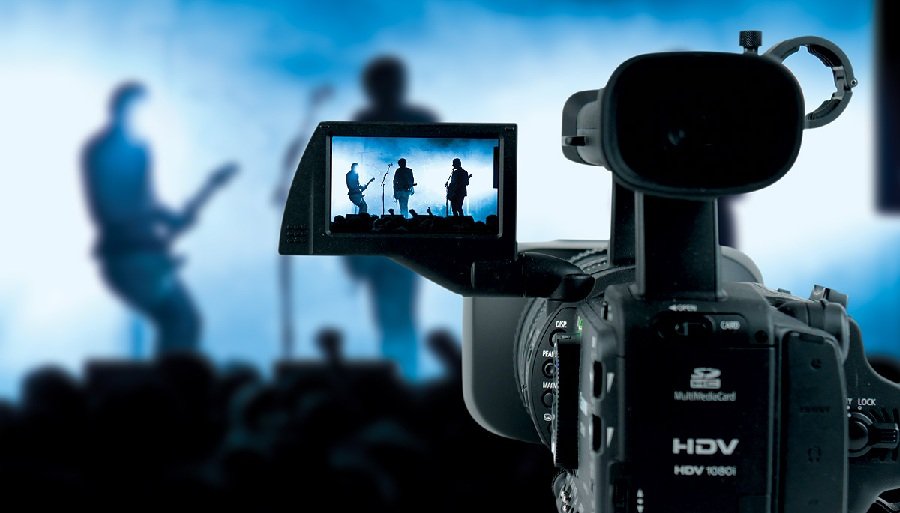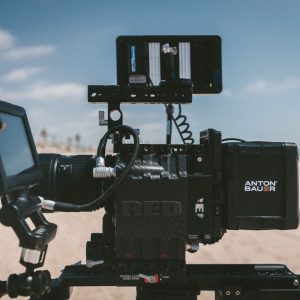How many of us after watching a great movie sit back and think about all the efforts gone into making the film?
Most of us must be thinking about budget or how much the actors got paid, but definitely not about the efforts put in the process of making a film. From devising the concept to finding funding and hiring the best actors to market the film, the filmmaking process is tedious and time-consuming.
If you’re an aspiring filmmaker and developing a movie is your dream, here’s how you can discover and explore the stages of filmmaking.
Conception to circulation – Know the stages of Filmmaking
1. Development
This is where planning, conceptualizing, writing, and organizing the script begins. It could be an original concept, based on a book or another movie. The development of a script may take months or even years to move into the pre-production stage.
Post-approval, the director works with the writer and comes up with a step-by-step outline on how the film will be progressed.
2. Pre-Production
Before the camera is set to roll, the options are narrowed down and the development in terms of the cast, crew, budget, and finalizing the shoot location. Here, a line manager or a production manager is hired to create a schedule and manage the film budget.
3. Production
The production stage is one of the most important elements of film production where the actual work begins. Here the primary aim is to stick to the budget and schedule to be on the right track. Production is one of the busiest phases for the filmmaking team, as they have to make every second count to make an impeccable movie.
4. Photography
With all the actors on set and the cameras rolling, in this stage, the bulk of the movie is filmed and is also the most expensive phase-out of the 7 stages of film production. This is because of the salaries of the actors, directors as well as the costs for props and special effects required. Hence, as the cameras are rolling, it’s important for the film director to follow the schedule and remain within the budget.
5. And it’s a Wrap
When the cameras are turned off and the shooting ends! The set is cleared and disassembled to clear the shoot location. All the props and equipment are returned to the suppliers in functioning order.
6. Post-Production
The post-production phase might overlap with the photography phase, but not always. A rough cut of the film is drafted, which is reviewed and edited by the film director. He will give contributions as and when required while reviewing such as the sound design or visual effects.
7. Distribution
Here comes the final stage, distribution! Producers make their money back at this step after giving a considerable amount of time and effort to film distribution. They need to strike a lucrative deal for distribution amongst the cinemas and platforms such as Amazon Prime, Netflix, Hotstar, etc.
While watching a film we always tend to overlook the effort and manpower that has gone from the development to the distribution stage.
As an aspiring filmmaker, it’s crucial for you to know the filmmaking stages, as someday it’ll be time to get started on your first film!
So, expand your filmmaking techniques with DICE-VFS – offering the best filmmaking course in Mumbai in collaboration with Vancouver Film School. Get ready to give your portfolio the right kind of focus needed to launch your career as a filmmaker.
Come, learn the phases of production with DICE-VFS and explore all the possibilities of storytelling to bring a story to life on screen!










